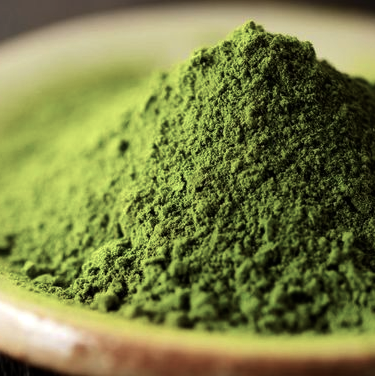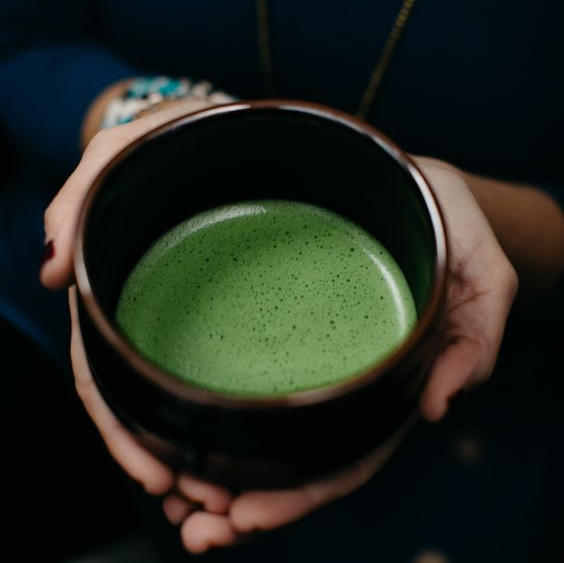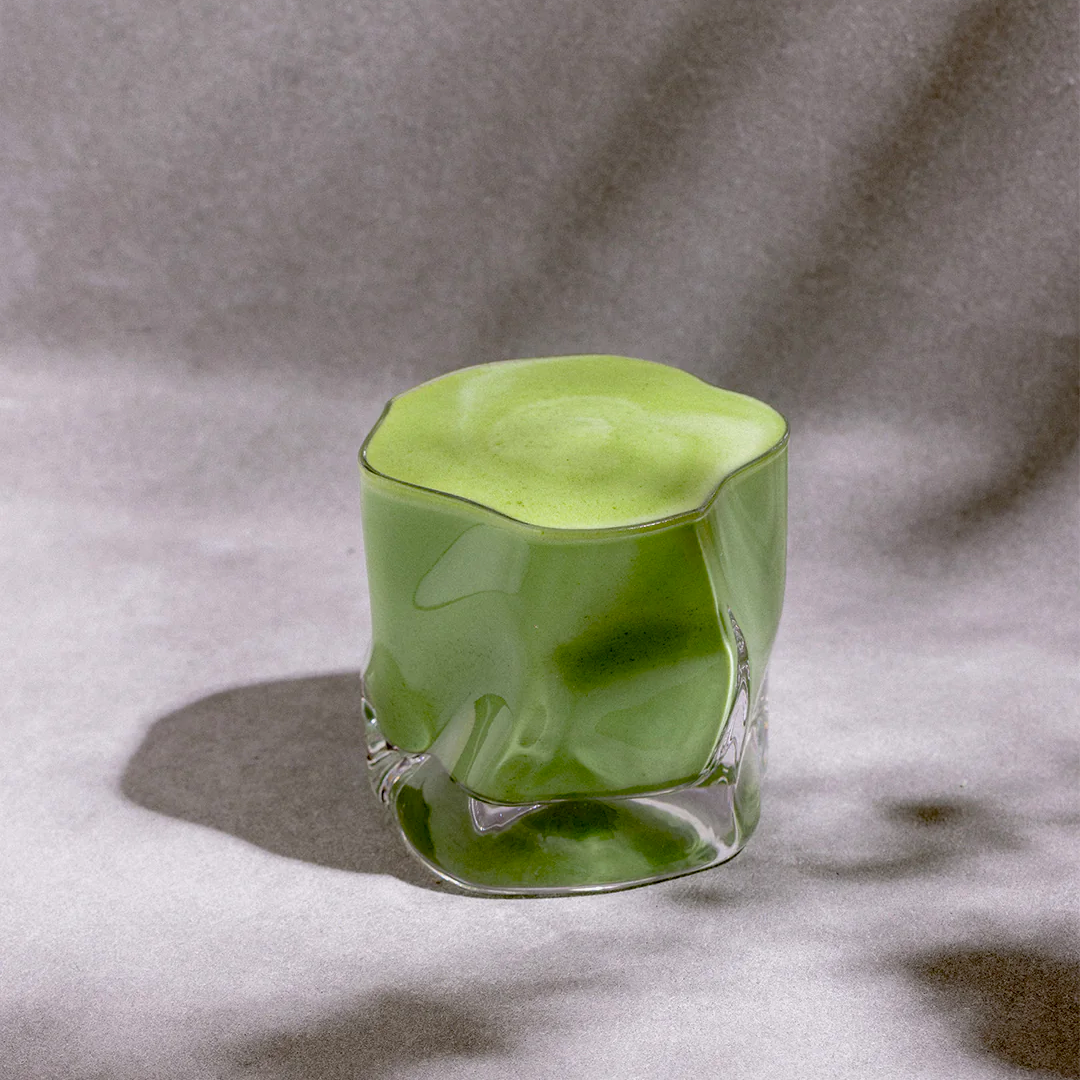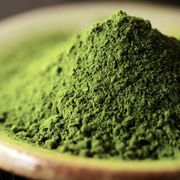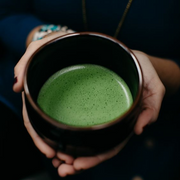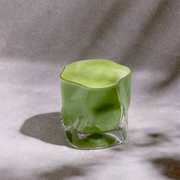DÖÖT Premium Ceremonial Grade Matcha
Description
An elixir of vitality, youth and beauty
POTENT ANTIOXIDANT FOR YOUR BODY AND MIND
- Abundant in EGCG (epigallocatechin gallate) that help combat premature aging
- Chlorophyll and EGCG clarifies, firms and brightens skin
- Rich in catechins that help prevent cell damage
- Contains flavonoids that reduce inflammation and help controlling free radicals
PROLONGED CALM ENERGY:
- L-theanine promotes calm and balance for 4-6 hours
- Caffeine promotes energy and alertness (avoiding the caffeine crush with the L-theanine)
- Provides vitality reducing fatigue
BOOST BRAIN FUNCTION AND HEALTH:
- L-theanine enhance concentration, focus and memory
CONTROL APPETITE AND CRAVINGS:
- Catechins help curb sugar and hunger cravings.
HEALTHY METABOLISM:
- Caffeine supports lipid metabolism
- Help eliminate toxins and improve digestion
VITAMINS & NUTRIENTS:
- EGCG
- Chlorophyll
- L-Theanine
- Flavonoids
- Catechins
- Vitamin A, B2, C, D, E, K
Preparation
Mastering the Art of Preparing Matcha: A Step-by-Step Journey
Unleash the Power of Matcha, Whether with a Modern Electric Whisk or a Traditional Bamboo One
Embarking on the matcha journey is an adventure filled with simplicity and intuition, a dance between the old and the new. Traditionally, matcha is a solo act with water, but as it has pirouetted across the globe, it has embraced partners like milk, plant-based drinks, and even the zesty tang of juices.
Your Four-Act Ballet to the Perfect Cup of Matcha
1 Set the Stage with a Gram: Let the green powdered protagonist take its place in the ceramic stage, ready for the performance.
2 Cue the Water:Introduce 60 ml of water at a gentle 80 ºC. Remember, boiling water is the villain in this performance, potentially tarnishing the matcha's magic.
3 The Whisk Waltz:With a graceful electric or bamboo whisk in hand, dance for 30-40 seconds, until a frothy layer of foam adorns the top, a testament to your matcha mastery.
4 Savor the Performance:Enjoy it as a concentrated shot (濃茶, koicha), or delicately add the remaining hot water, milk, or plant-based drink (190 ml), taking care not to disturb the delicate foam (薄茶, usucha). Welcome to the world of matcha bliss!
Origin
What is Matcha Tea?
In Japanese, "Matcha" translates to "powdered tea." This exquisite powder hails from the finest ground green tea leaves. Matcha is a treasure trove of antioxidants and vitamins that help us stay fit and bolster our health.
IT'S RICH IN:
Antioxidants
Caffeine
L-Theanine
The Making of Matcha Tea
Rooted in the fertile lands of Kyoto, the green tea plantation is covered 20 days prior to harvest. This deliberate shading heightens the concentration of chlorophyll, theanine, and caffeine, causing a slowing in growth. It's during this phase that the tea amasses amino acids, imparting a sweeter flavor to the leaf.
The green tea leaves are meticulously and methodically hand-picked, with only the best making the cut.
Once harvested, they are laid out to dry. At this juncture, the now dried leaves, also referred to as "tencha", can be steeped in water for consumption.
But to craft Matcha, the journey continues. The leaves are steamed and separated from the stems. What follows is the grinding of the de-stemmed leaves until a fine powder texture emerges. Each stone mill churns out about 40g of matcha in an hour. This artisanal and traditional process amplifies the flavor and retains the vibrant green hue that epitomizes our matcha.
The Traditional Tea Ceremony
The tea ceremony, a sacred Japanese ritual, is when matcha was traditionally (and still is) consumed. It emphasizes the preparation, serving, and sipping of the hot matcha, fostering a spiritual connection.
Today, matcha has seamlessly woven itself into the fabric of everyday Japanese life, finding its way into recipes like Mochis, noodles, ice creams, and a plethora of sweet delights. This popularity stems from its outstanding health properties and its unique taste. Matcha teas vary by grades, production methods, and origin.
The grade typically acknowledged as "Ceremonial" points to the kind of matcha tea that's perfect for the tea ceremony, as it's purely mixed with water, without any other additions.
Frequent Answered Questions
Properties
How Does It Compare to Coffee?
How long can I store/consume my matcha order to preserve quality?
How Many Calories Are in a Serving (1g)?
How Much Sugar Is in a Serving (1g)?
How Much Caffeine Is in a Serving (1g)?
Does It Contain Gluten?
I'm Lactose Intolerant. Can I Enjoy It?
Is It Suitable for Vegans and Vegetarians?
Does It Aid in Weight Loss?
Where Does This Matcha Originate From?
Our tea boasts a premium ceremonial grade, is 100% JAS (Japanese Agricultural Standard) certified organic, and hails from the illustrious prefecture of Kyoto in Japan. Truly, a green gem straight from the heart of matcha's historic homeland!

